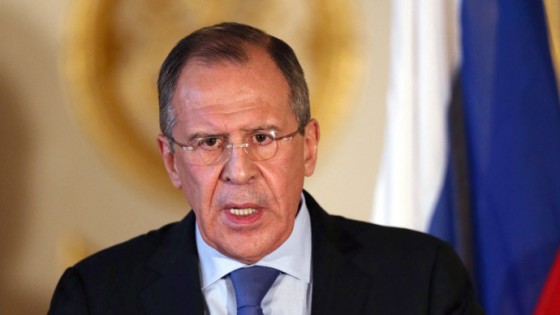
This time, Russian Foreign Minister Sergey Lavrov’s forthcoming visit to Baku was unplanned and unexpected even for the minister’s team. There was not any visit to Azerbaijan on the agenda as of August 27. But Lavrov decided to hold a meeting with his Azerbaijani counterpart Elmar Mammadyarov in Baku on August 28.
Moscow’s journalists would not arrive with the minister. The minister’s press-service told Trend news agency following its request for an interview with the minister that the ‘specifics of the visit does not envisage any communication with the media’. All this is among the unusual details of the visit.
As the Russian media immediately disseminated experts’ comments that Lavrov’s visit would focus on the Nagorno-Karabakh problem only and in particular, everything pointed to the fact that the discussion of the Nagorno-Karabakh conflict would be the main topic of the meeting of foreign ministers.
Several reasons for the meeting were the instability observed on the contact line of Azerbaijani and Armenian troops at the end of summer and the fact that it claimed the lives of several soldiers.
This simmering conflict has the nature of breaking out on a regular basis, and makes the mediators’ involvement in the process a necessity.
But in recent years there has been no such involvement on the part of the notorious OSCE Minsk Group, which was meant to actively mediate between the conflict parties. All of the Minsk Group statements have become an absolute copy of the previous ones, and its co-chairs are reiterating their persistent concerns, constantly calling for one and the same thing.
Meanwhile, Russia, as one of the mediators, is interested more than others that the confrontation between Azerbaijan and Armenia, which has been occupying Azerbaijan’s lands for over 20 years, doesn’t end in a full-fledged war.
There have been too many serious conflicts recently in the zone of Moscow’s “privileged interests”, and today the Kremlin has neither the power nor the resources to solve Armenia’s security problems.
The persistent armed clashes, either aggravating or briefly fading, suggest the need to find at least an interim solution, which will move the threat away from the region’s stability, even temporarily.
In addition, today Armenia is in a very difficult financial situation as well, and this situation is likely to deteriorate to a completely catastrophic state in the near future. Armenia’s poor economy, which has been connected with Russia’s one for many years, survives only by a stunted cord of handouts and earnings of Armenian immigrants, is in need of new ways of life, and perhaps the Armenian authorities will finally agree to a compromise for the sake of partial lifting of the economic blockade.
If this does not happen, then very soon Armenia, tormented by social protests, the unprecedented devaluation of the dram and a rise in price of export goods, coupled with an ever decreasing financial brook from Russia, will just die, hungry, driven into a corner between the profitable transport projects and ways of oil and gas supply running across the region.
Edited by CN
—
Elmira Tariverdiyeva is Trend Agency’s staff writer
Trend
